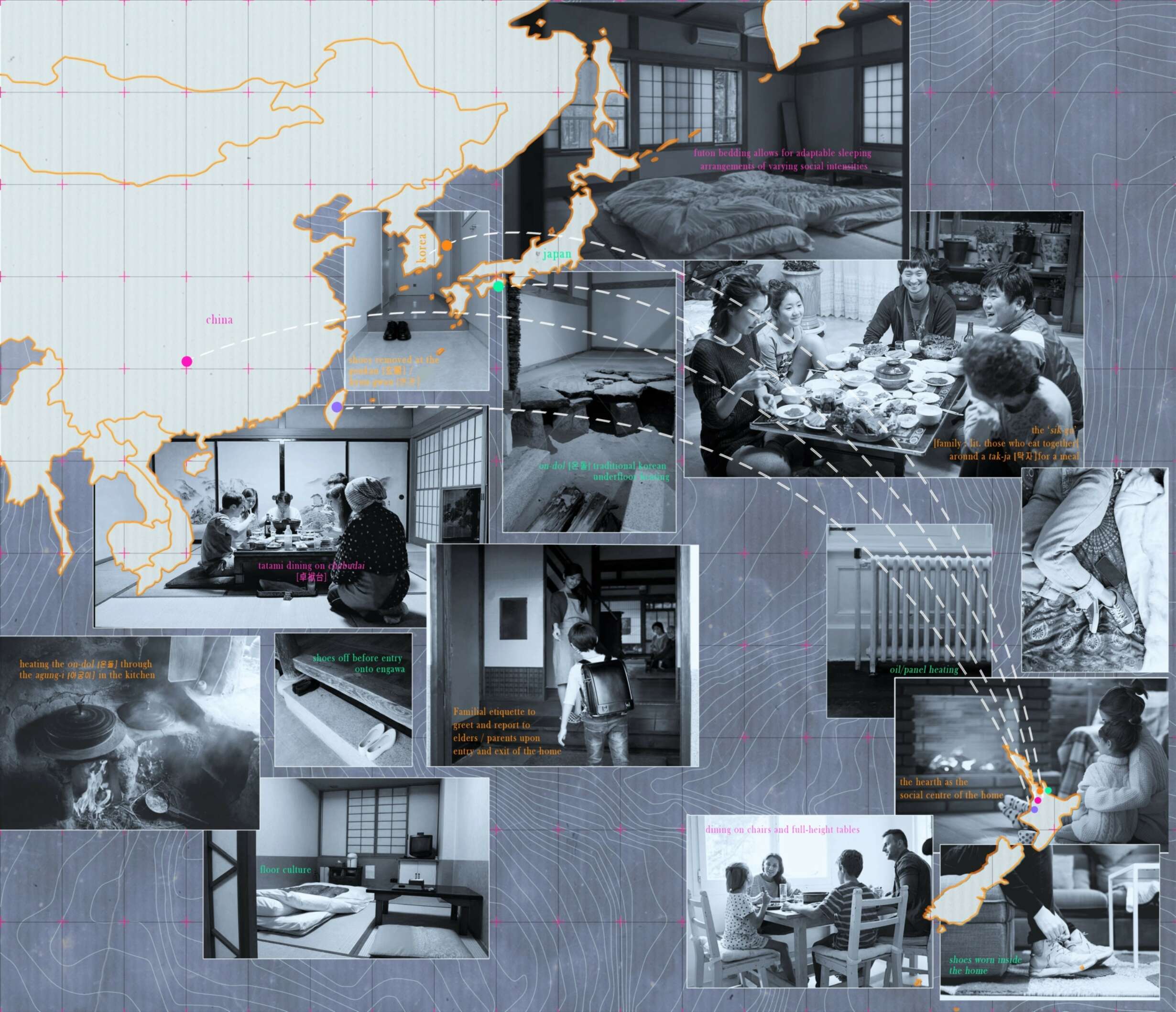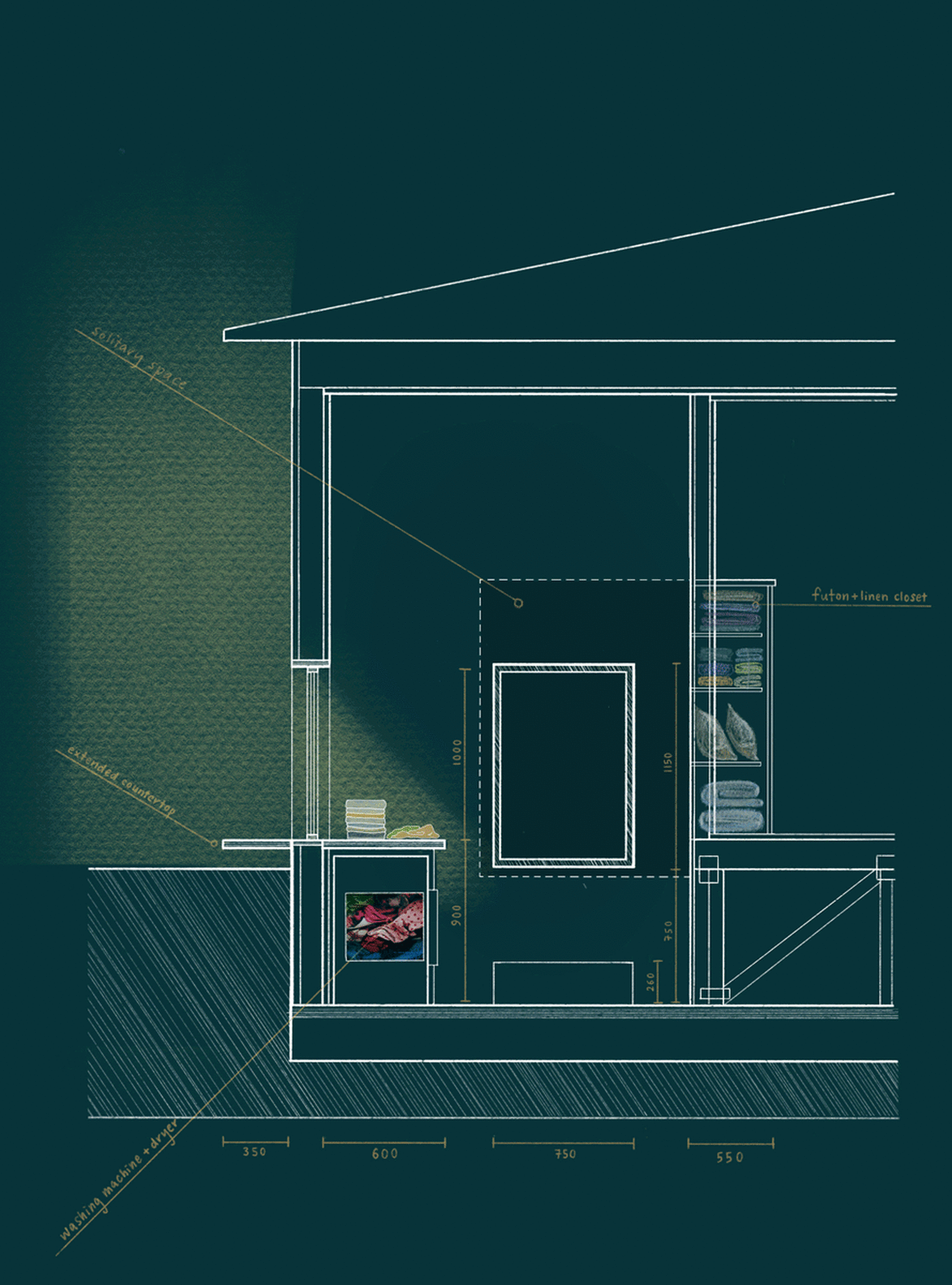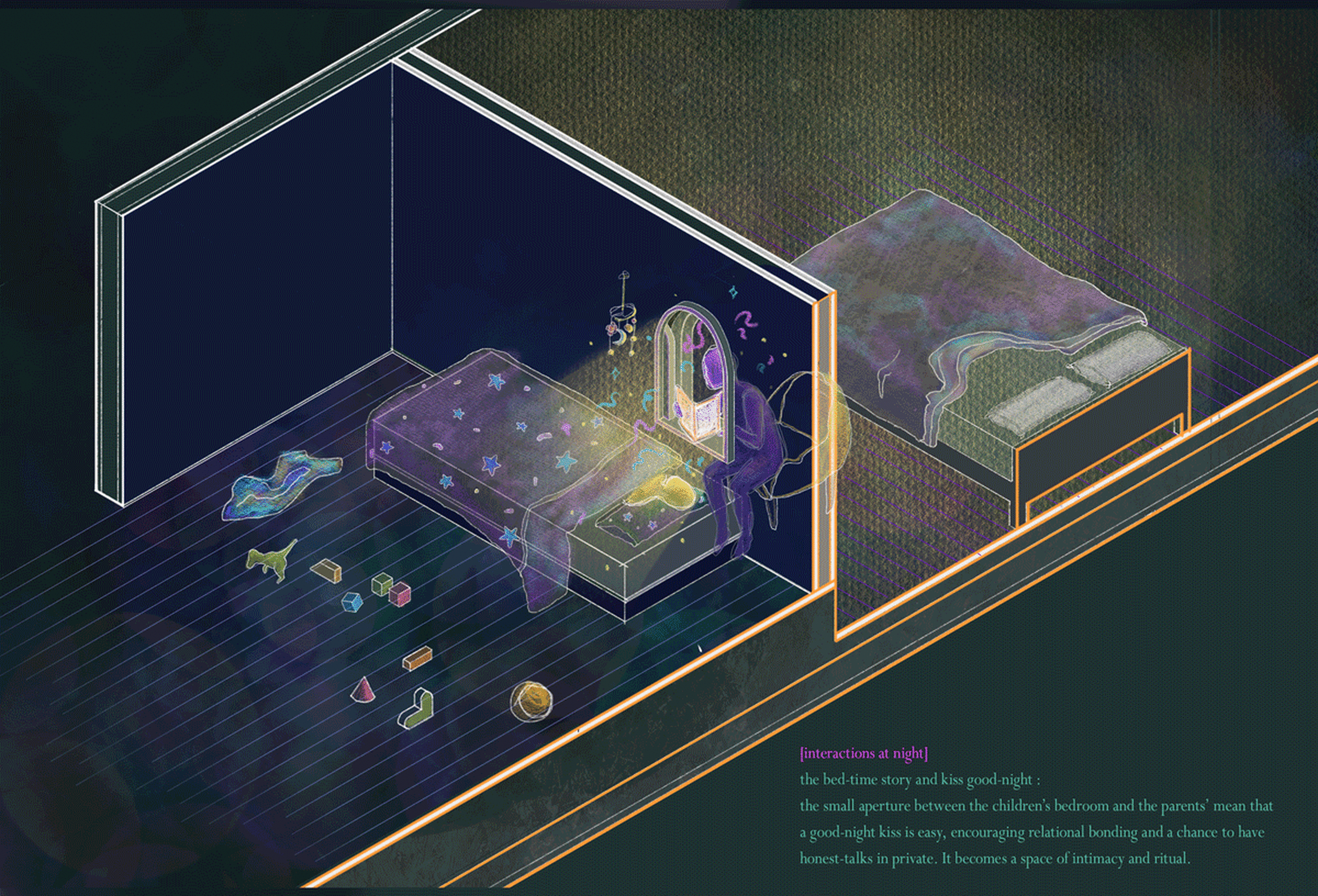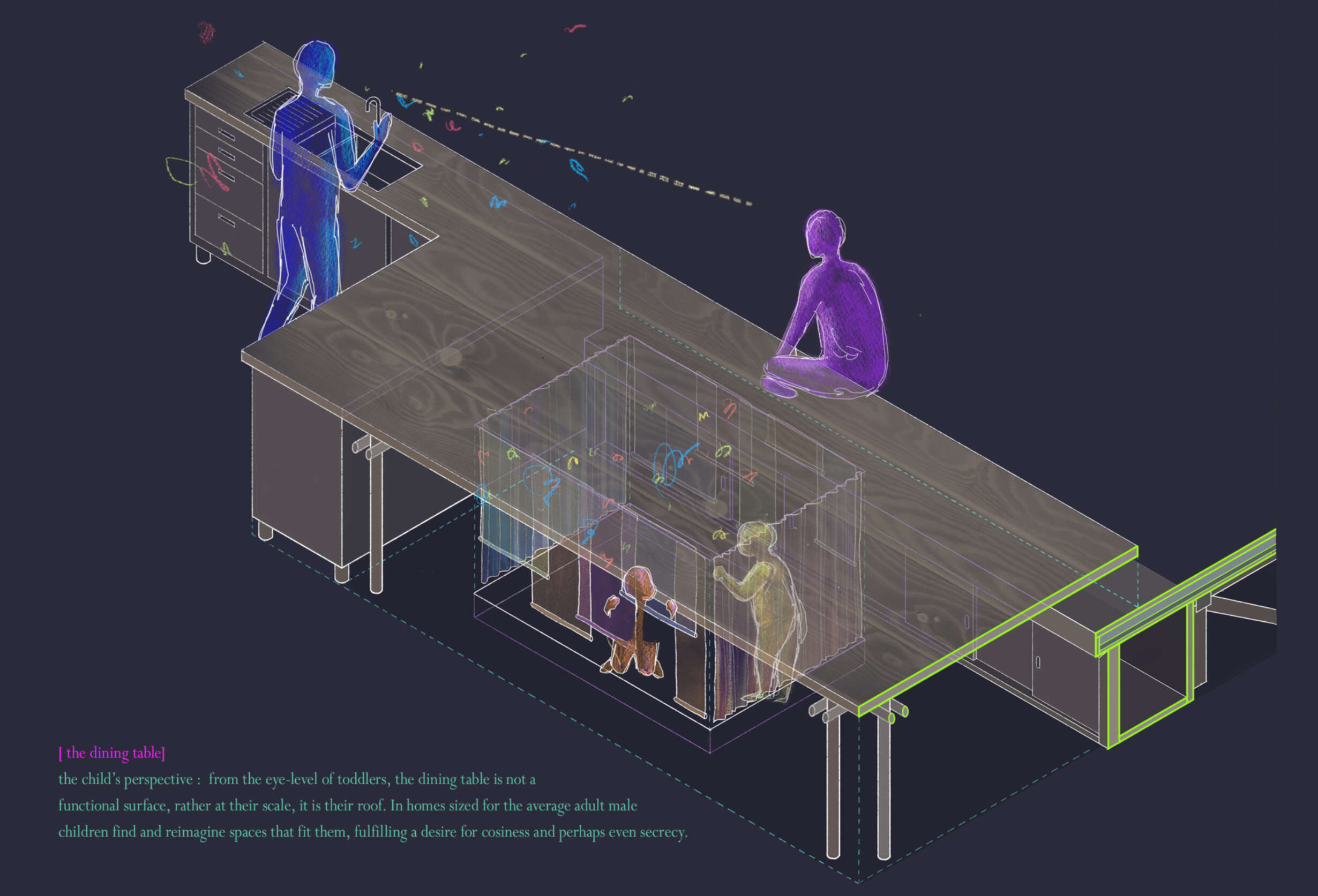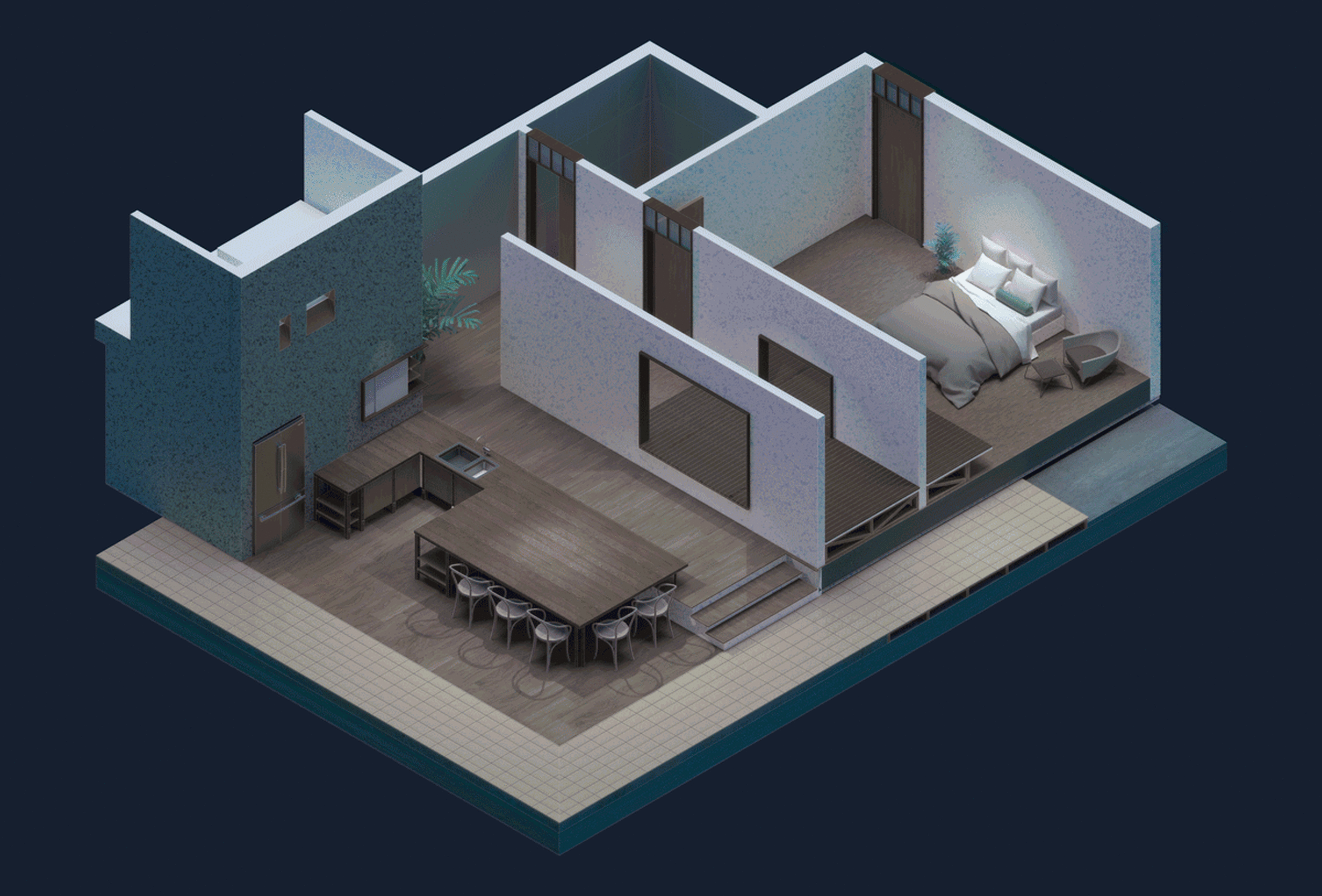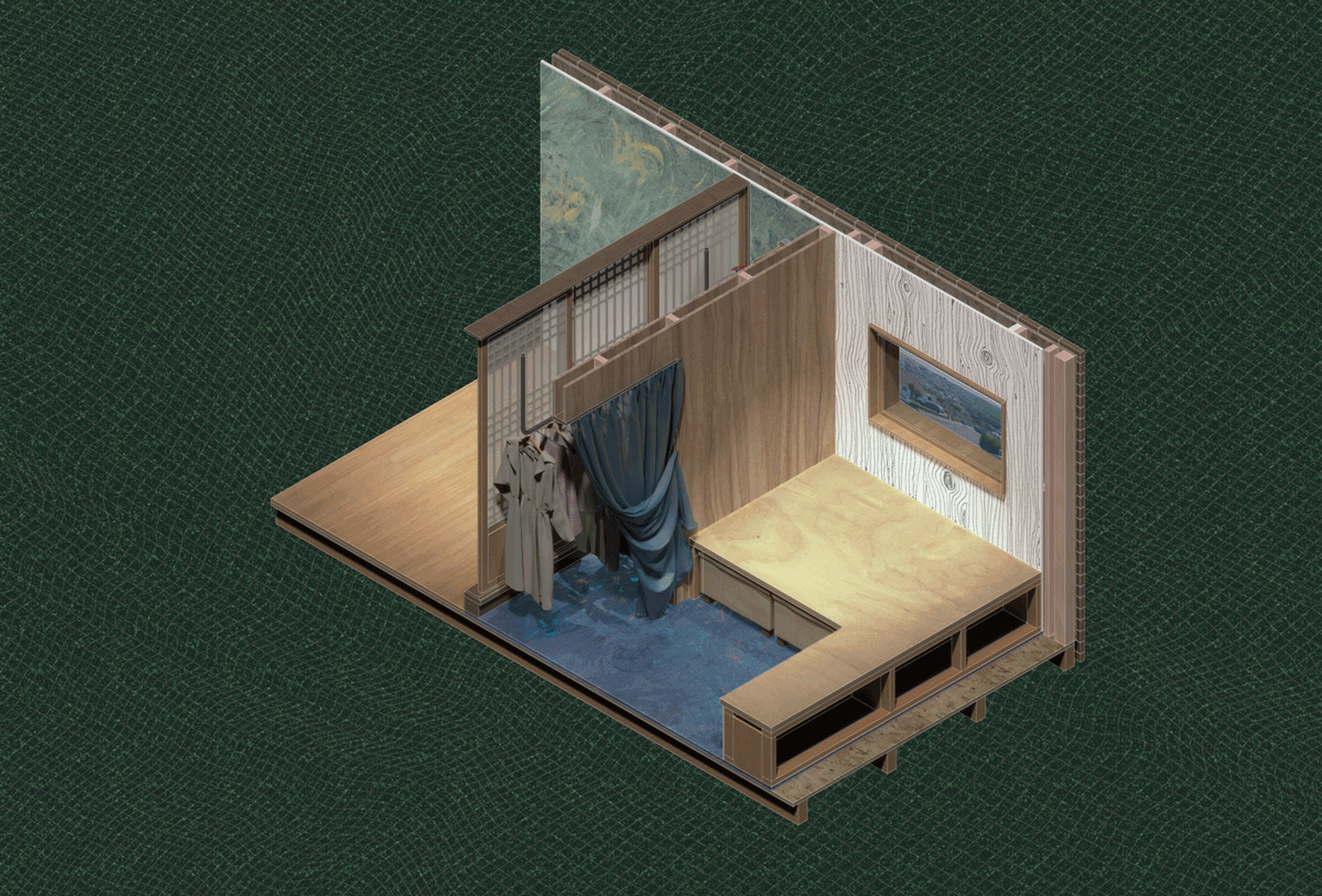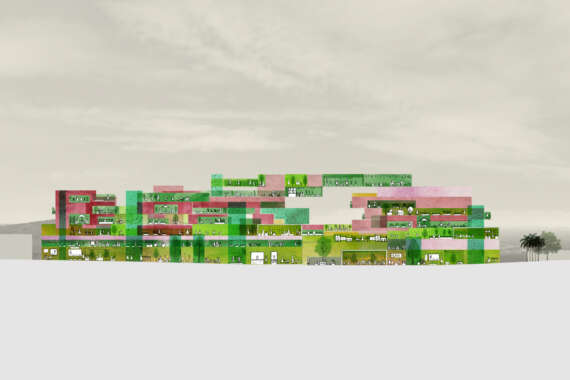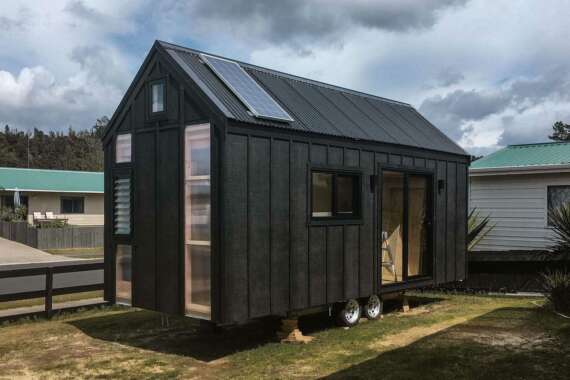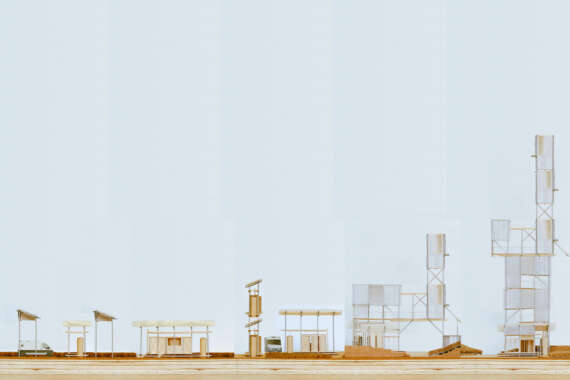Home - The Space that Shapes 'Us': Exploring the social potential of domestic space

How can the reimagination of domestic space foster social wellbeing within the intergenerational immigrant household in New Zealand?
The 2019 Wellbeing Budget demonstrates the New Zealand coalition government's commitment to improving New Zealanders' wellbeing. However, the government's wellbeing objectives are based on measures of statistically quantifiable, empirical data, fundamentally limiting its ability to consider the idiosyncratic experiences of personal, relational and spatial wellbeing.
In recognising this, the thesis explores the nuanced, non-statistical, yet very real experience of human wellbeing within architectural space, particularly social wellbeing within domestic spaces.







